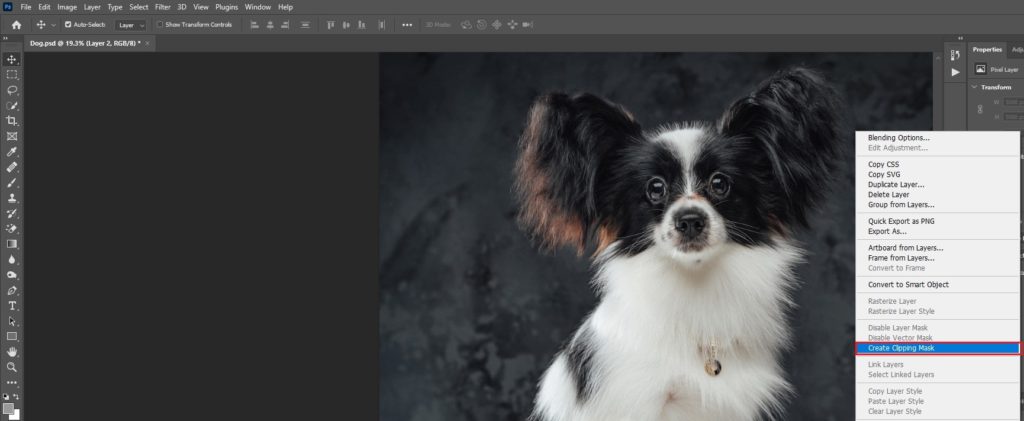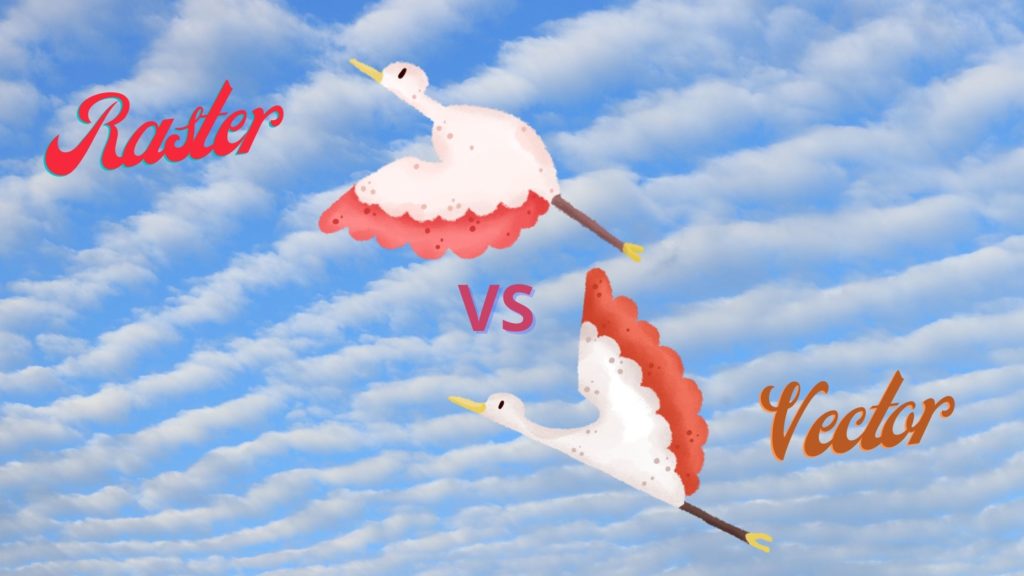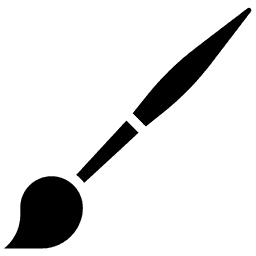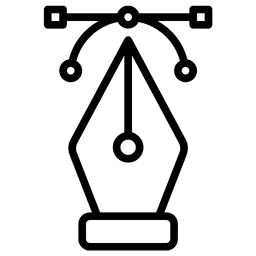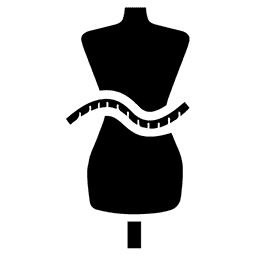There are several ways to remove background from an image if anyone wants to do it with photoshop. There are two techniques, 1. Clipping path and 2. image masking. One can use these techniques for the same purpose in different ways. Today, let’s understand why these two image editing techniques serve the same purpose but are utilized in different scenarios. Later on, we will compare clipping path and image masking for better understanding.
Defining Clipping Path
Clipping path is a Photoshop editing process. With the help of this process, one can create a path around the edges of any object and separate it from an image.

The clipping path serves as an effective way of removing background while maintaining accuracy. An editor can remove any unwanted background from any image, change colors, backgrounds, and create shadows in a picture. One can use the Photoshop “pen tool” to make a flawless output in the clipping path technique. For better outcome requires the expert’s hands. This method applies to hard and sharp edges such as boxes, bottles, cans, watches, jewelry, etc.
Yes, of course, this technique is an image editing process that will cost your time, but the experts professionally use this for maintaining accuracy.
A secret trick and tip for applying the clipping path technique are to zoom an image until a clear and transparent view of the edges of that particular image is seen.
Defining Image Masking
Image Masking is another background removing technique known as “Layer Masking”. This technique precisely allows selecting the blurry edges, unclear images, woolen-made apparel products’ furry edges, fuzzy edges in pet photos, and hairy edges, especially in model photography.

These matters are very much challenging to select using the Photoshop clipping path. Using the Photoshop clipping mask technique is the only means of removing the background or changing the background from such images. One can isolate the subject from photos with the Photoshop background eraser tool, magic eraser tool, and color separation techniques applied through image masking technique.
In the case of processing complex images, image masking service also makes one’s life easier to remove background that involves multiple curves, turns, intricate soft edges, hazy and unclear edges. As a result, the image masking technique acts as a savior to process all the details of these sorts of images.
Functions of Clipping Mask
Controlling the visibility of various layers in Photoshop is a key function of Clipping masks. This is a group of layers involving the underlying layer containing real contents visible on the layer above.
Though some parts of the layer on the surface are transparent, the layer above it also covers the same parts. The clipping mask method is more confusing than how a layer mask performs, but then again, considering the complexities, using a clipping mask is beneficial for making life easier. One can quickly deal with complex layers by using the clipping mask technique.
Clipping masks use two layers. The bottom layer controls visibility. For instance, the photoshop clipping mask technique is putting a photo inside a photo frame.
Clipping Path or Image Masking
The clipping path and the image masking do the same and serve almost the same purpose in image editing. Is there any difference between the two?
According to the definitions and functionalities, it is fairly understood that when both techniques are applied, they can serve effectively and what they cannot. Removing background methods is different from one to another. A pen tool in the clipping path technique allows creating paths around the object desired for removal. On the contrary, the Photoshop image masking technique uses a background eraser tool, a magic eraser tool, and color separation for background removal.
One can remove the background of a complex image having multiple curves and edges using the clipping path in photoshop as needed. In that case, the outcome will not be that accurate. As a result, it may result in frustration.
As a reference, we can look at the images below where the background of the image with unclear edges and see the differences of using the clipping path technique.
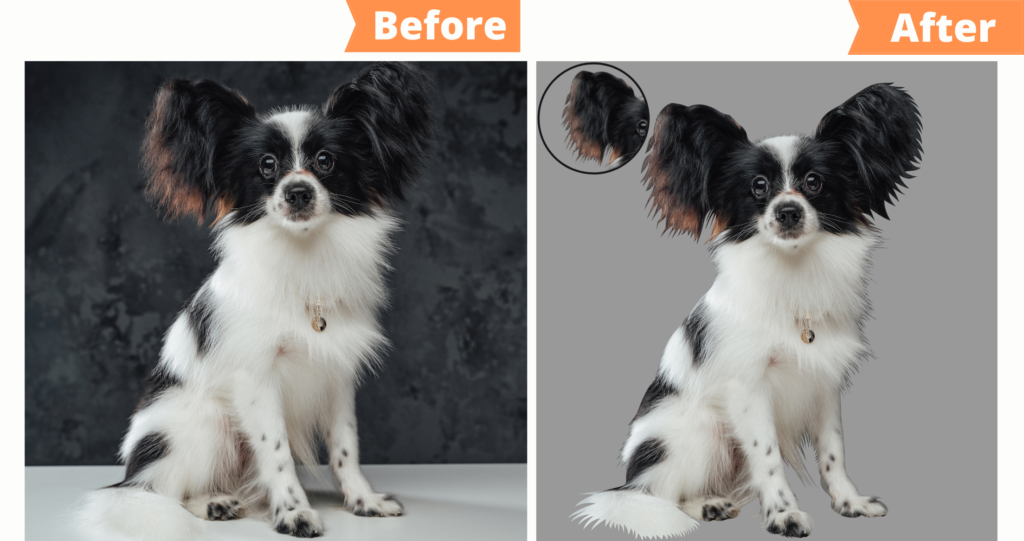
You can see that the edges of the image are not perfect, but it is difficult to create paths around these edges with the clipping path. Next, you can see the same image below where Photoshop image masking allows removing the background. Now, the difference is visible. Can you see the edges? The edges are more precise than using the clipping path technique.
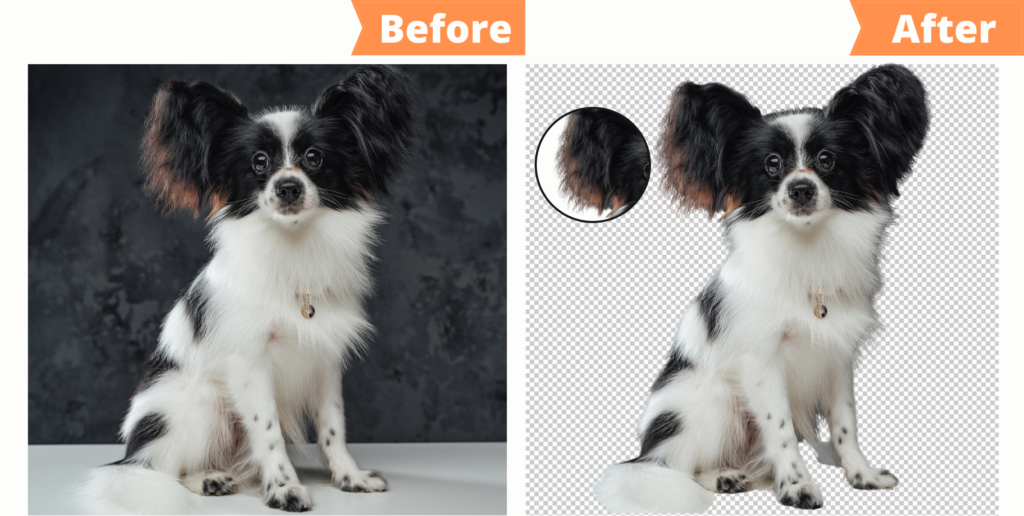
Layer Mask & Clipping Mask differences
Layer masks enable an editor to have complete control of the transparency of the different layers. These layer marks facilitate hiding any parts of an image that are not selected and exposing the others selected by coating them. The masks adjust the clarity and opacity of the sheet. Among white, black, and different gray colors may be a single solid color in gray shades. One can create Layer Masks through the subject by any selection tools in Photoshop and click on the mask button.
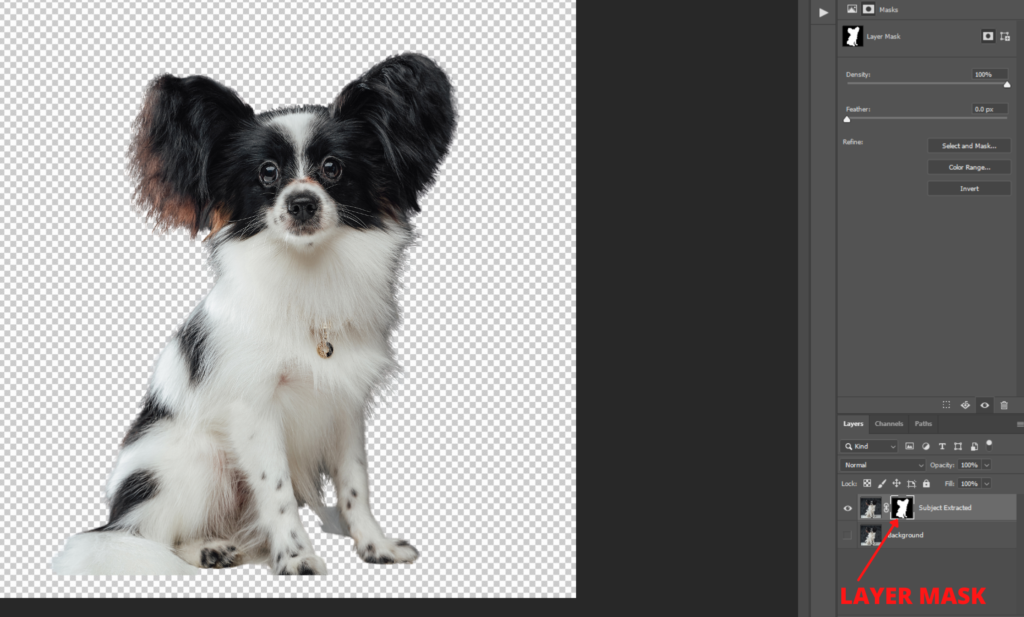
Since we know that clipping masks allow an editor to hide parts of the images unlike the layer masks, one can apply only one layer of mask in this technique. Generally, a cutting mask is a form, and other works of art are hidden. Only the objects are shown in the form. One can construct Cutting Masks from shapes, vectors, and text objects. This mask functions like layer masks without having a desaturated color range rather, the layer below them becomes translucent.
